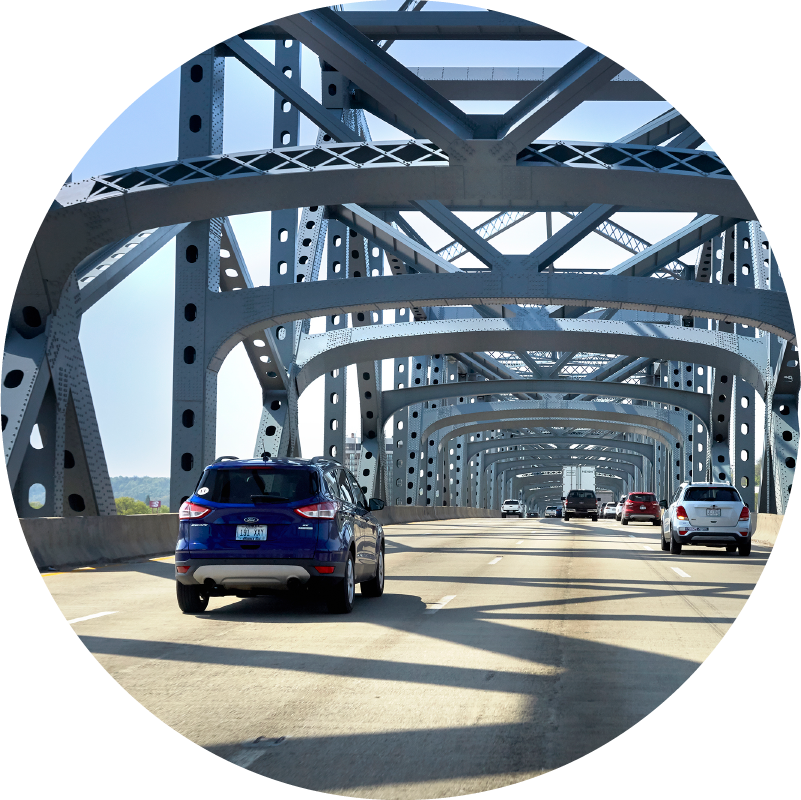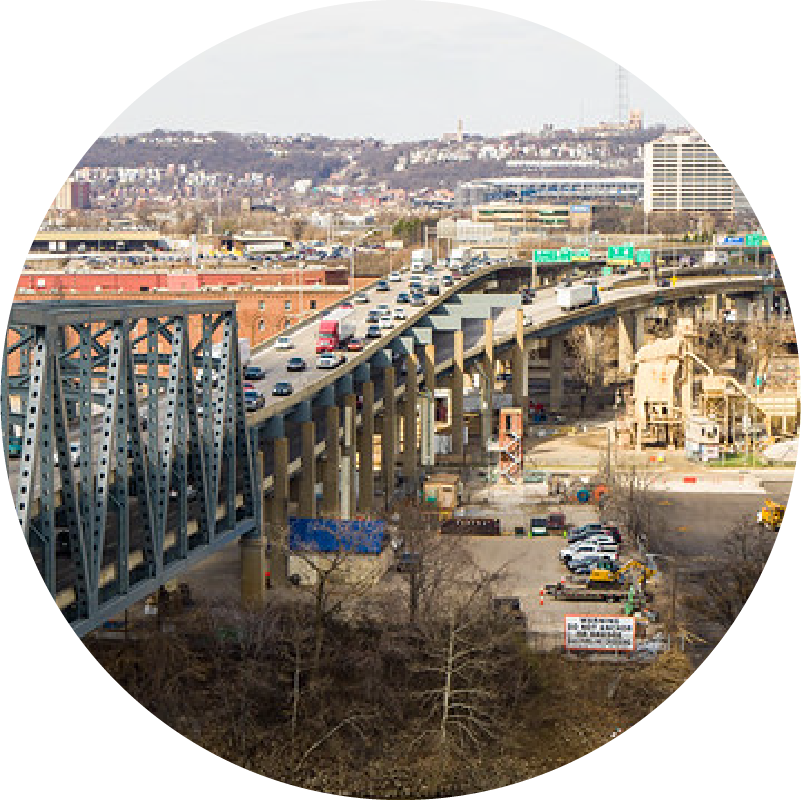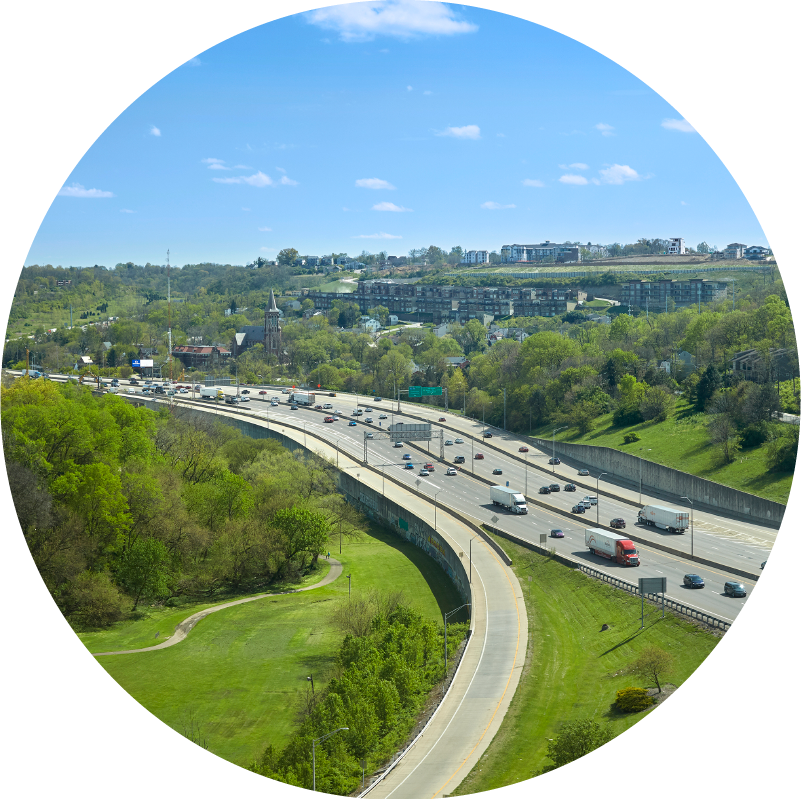

The Brent Spence Bridge Corridor Project will transform an eight-mile portion of the I-71/75 interstate corridor between Kentucky and Ohio. This once-in-a-generation opportunity will improve quality of life for the millions of Americans who use the federal highway system in this region and beyond. It also presents the opportunity to invest in local businesses and grow our workforce while improving safety and travel along one of the nation’s most important corridors for commerce and freight.
Stretching from the Western Hills Viaduct in Ohio to Dixie Highway in Kentucky, the project includes a companion bridge immediately to the west of the existing bridge, which is structurally sound and will remain in service for decades to come, carrying local traffic via fewer lanes to improve safety.
Fully-Funded, Advancing to Construction

The current anticipated project cost is $3.6 billion, which will be shared by Ohio and Kentucky. The cost of the companion bridge and updates to the existing bridge will be split 50/50 by Ohio and Kentucky, with each paying for the approach work occurring in their respective state. The current estimates for each state are $2 billion for Ohio and $1.6 billion for Kentucky.

On Dec. 29, 2022, Ohio and Kentucky were awarded federal funding grants totaling $1.635 billion from the Bipartisan Infrastructure & Jobs Investment Act for the Brent Spence Bridge Corridor Project, giving the green light to move toward construction. The funding fulfills pledges from Gov. Mike DeWine and Gov. Andy Beshear to pursue every federal dollar available to pay for the bridge project without tolls.
Reduced Footprint Better Meets Project and Community Needs
In 2012, the Federal Highway Administration (FHWA) approved a plan for the new companion bridge to address capacity and mobility issues. The original design of the new bridge in 2012 called for a width of 172 feet. However, the project team conducted a value engineering study, reducing the width in the current design to 107 feet – a reduction of almost 40%.
With this refinement and the use of retaining walls throughout the corridor, the overall width of the project has been significantly reduced, including up to a 95% reduction in residential relocations in Kentucky.
In November of 2022, the project team also worked with the City of Cincinnati to reconfigure ramps to the downtown area, creating 10 acres of additional land available for development or public use in the City.
Safer, More Efficient Travel, Along with Community Improvements
The project includes a number of features and enhancements that will improve travel and safety throughout the corridor, as well as provide benefits to local communities:

- The existing Brent Spence Bridge will be reduced from four lanes to three and the shoulders will be re-established.
- Interstate and local traffic will be separated.
- The new companion structure will carry I-71/75 traffic. Local traffic will use the existing Brent Spence Bridge, which will greatly reduce traffic weaving on the approaches to the bridges. This will also improve access to the Covington and Cincinnati business districts.
- Cincinnati and western neighborhoods will be better connected with new or improved bike and pedestrian paths on local streets that cross I-71/I-75.
- Both states will address stormwater runoff from the highway as part of this project to reduce flooding and combined sewer overflows.
- Noise walls will be built in multiple locations to reduce sound levels throughout the corridor.
- The project will fund measures to offset impacts and add amenities in parks in Kentucky and Ohio.
.svg)

